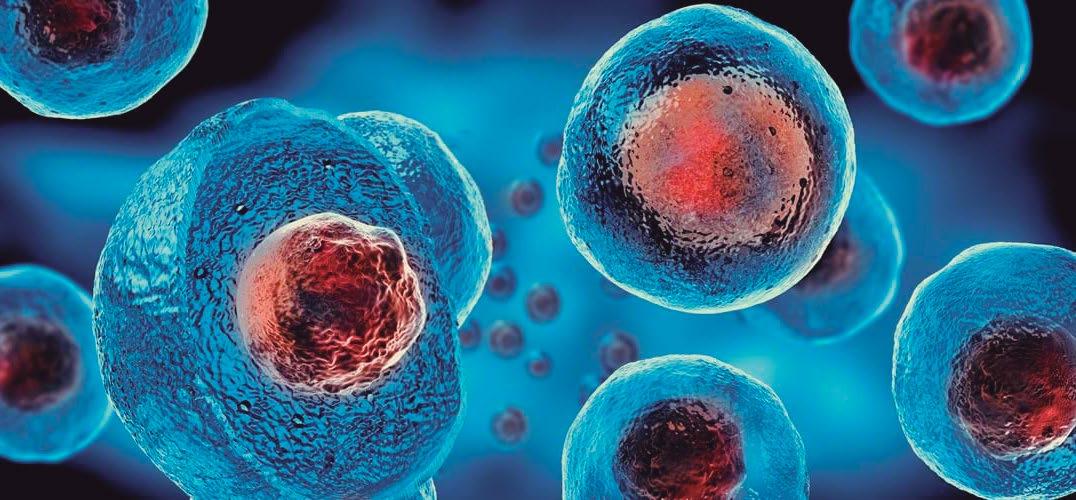24
A SLICE OF CHEESE ON SIR ANDREW AGUECHEEK’S TABLE:
NEWS IN MEDICAL RESEARCH
THE SIMULTANEOUS QUANTIFICATION OF BIOMARKERS OF OXIDATIVE STRESS IN THE DIAGNOSIS OF MINIMAL HEPATIC ENCEPHALOPATHY
oil painting by Joseph William Turner
Dra. Ana Villaseñor-Todd Mexican scientist noted for her research studies in minimal encephalopathy, oxidative stress, quality of life and social cognition. He complemented his graduate studies at Texas A&M University. Candidate to receive the degree of doctor of medicine by the UANL. Founder and CEO of AVE strategic consulting.
Technical committee: Francisco Javier Bosques-Padilla (PhD), José Asunción HernándezHernández (PhD), Rosa del Carmen López-Sánchez (PhD), Carlos Alejandro Cortez-Hernández (PhD candidate)
Who would have thought that the spectacular sunsets painted by Joseph Mallord William Turner in the Romantic period were created during the famine provoked by the eruption of the volcano Mount Tambora in 1815? And what does this have to do with William Shakespeare’s play Twelfth Night, written in 1605? In Act 3, Scene 1, Sir Andrew Aguecheek, a silly old ale-loving squire, declares: “I am a great eater of beef, and I believe that does harm to my wit.” Shakespeare is presenting a classic example of a case of hepatic encephalopathy caused by intolerance to proteins (Guillén et al., 2003). He is illustrating, moreover, the complex suffering of human beings in the face of
chronic liver disease (CLD): the ravages of cirrhosis on the social cognition of those suffering from this condition and their family members (Bajaj, 2008). Hepatic encephalopathy (HE) is a neuropsychiatric and cognitive disorder caused by decompensated cirrhosis (Nardone et al., 2016). Also called “manifest” HE, this condition is a frequent complication among cirrhosis patients, affecting both quality of life and mortality rates. Minimal hepatic encephalopathy (MHE) is found in at least half of cirrhosis patients (Maldonado-Garza et al. 2011) and increases the risk of progression to HE (Kaccaamy and Bajaj, 2011; Labenz et al., 2018). MHE is a condition characterized by subtle (and reversible) anomalies that can easily pass unnoticed during a medical examination. Using the SONIC model (Spectrum of Neuro‐ cognitive Impairment in Cirrhosis), Bajaj has described the neurological deterioration as a natural consequence of chronic liver disease (Bajaj et al., 2011). Staring from a normal neurological state, the patient will undergo gradual neuronal degeneration, eventually ending in a state of coma and death due to CLD.

















